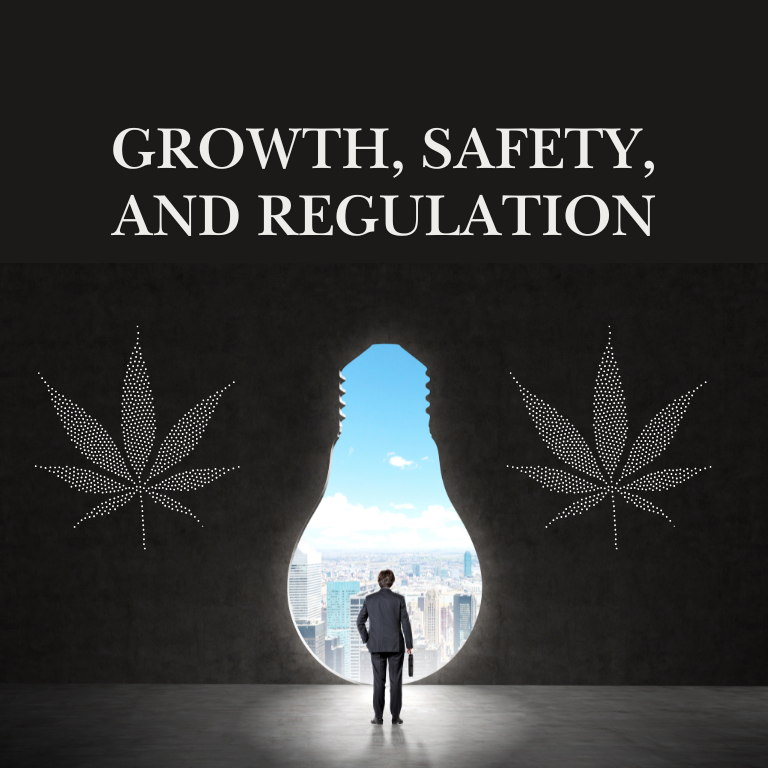Is OSHA Holding Back Cannabis Growth? A Critical Look at Regulations and Industry Expansion
The Occupational Safety and Health Administration (OSHA) was established in 1970 to ensure safe and healthy working conditions for employees across industries. It sets and enforces standards, conducts inspections, and offers training to reduce workplace hazards. However, as the legal cannabis industry continues to grow rapidly, many cannabis entrepreneurs and stakeholders question whether OSHA regulations are helping or hindering the industry’s expansion.
Compliance Costs and Regulatory Burdens on Cannabis Businesses
One of the primary concerns cannabis business owners face is the cost of complying with OSHA regulations. The cannabis industry is already heavily regulated at the state level, and federal laws remain in conflict with state legalization efforts. Adding OSHA compliance to the mix increases operational costs for businesses, particularly for small cultivators, manufacturers, and dispensaries.
OSHA regulations require cannabis businesses to provide training, personal protective equipment (PPE), and workplace hazard assessments. While safety is a priority, many business owners argue that these requirements, combined with existing cannabis-specific regulations, create an excessive financial burden, making it difficult for smaller operations to compete.
Workplace Safety Standards in Cannabis Cultivation and Manufacturing
Cannabis cultivation and manufacturing involve exposure to hazards such as pesticides, mold, volatile chemicals, and heavy machinery. OSHA mandates proper ventilation, fire prevention measures, and chemical safety protocols to prevent accidents. While these regulations aim to protect workers, industry insiders argue that existing agricultural and manufacturing safety laws already address many of these concerns, making OSHA’s involvement redundant.
Does OSHA’s Approach Align with the Unique Challenges of the Cannabis Industry?
A significant issue cannabis businesses face is OSHA’s one-size-fits-all regulatory approach. Many of OSHA’s rules were designed for traditional agriculture and manufacturing industries, which may not fully align with the realities of cannabis operations. For example, traditional agricultural rules do not account for the specific needs of indoor cannabis grows, and manufacturing standards often overlook the unique risks associated with cannabis extraction processes.
Additionally, since cannabis remains federally illegal, OSHA inspectors may lack a clear understanding of state-specific cannabis operations. This disconnect can lead to inconsistent enforcement and confusion for business owners striving to maintain compliance while optimizing efficiency.
Potential Consequences of Removing or Loosening OSHA Regulations for the Cannabis Industry
Some industry advocates suggest that rolling back OSHA regulations or creating industry-specific safety standards would promote cannabis business growth by reducing compliance burdens. However, removing OSHA oversight entirely could lead to unintended consequences, including an increase in workplace injuries and legal liabilities.
If cannabis businesses fail to implement adequate safety measures, they risk worker injuries, lawsuits, and reputational damage. Additionally, a lack of federal oversight could make it more difficult for businesses to secure insurance and investment opportunities, as safety compliance is often a key factor for financial backing.
Finding a Balanced Approach to Safety and Business Growth in Cannabis
Rather than abolishing OSHA, some experts argue for industry-specific modifications to existing regulations. A cannabis-focused regulatory framework within OSHA could provide tailored safety guidelines that better fit the industry’s needs while maintaining necessary worker protections.
Potential solutions include:
State-Specific OSHA Programs: Allowing state governments to develop their own cannabis industry safety programs with OSHA guidance.
Simplified Compliance Processes: Creating cannabis-specific OSHA training programs that simplify compliance for small businesses.
Public-Private Partnerships: Collaborating with cannabis industry leaders to develop safety standards that prioritize both worker safety and business viability.
The Future of OSHA and Cannabis Industry Regulation
As the cannabis industry continues to expand and federal legalization discussions progress, the role of OSHA in cannabis businesses will likely evolve. Industry leaders, regulators, and policymakers must work together to create a regulatory framework that ensures worker safety without stifling business growth.
While OSHA’s current approach presents challenges, finding a middle ground that prioritizes both safety and industry sustainability will be key to ensuring long-term success for cannabis businesses across the U.S.













